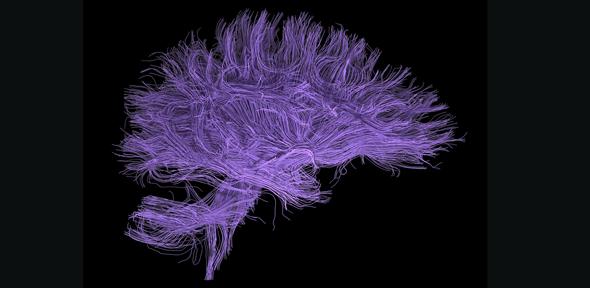
It’s a common occurrence: when faced with a problem which is similar to one which has been faced before, most people will default to what worked in the past. As the saying goes, if it ain’t broke, don’t fix it. But while this approach often works, it can also limit thinking and prevent alternate, and possibly better, solutions from being considered. In psychology, this phenomenon of being ‘stuck in a rut’ or failing to ‘think outside the box’ is known as fixation, or the ‘Einstellung’ effect.
Fixation occurs in all sorts of settings, such as with the interpretations that scientists make of their data, the decisions that managers make in organisations, and in the diagnoses that physicians make. It’s is also an issue in design and engineering, where knowledge of earlier solutions can inadvertently narrow the range of answers that designers explore when responding to new problems.
Since the phenomenon of design fixation was first demonstrated in experiments over 30 years ago, researchers have worked to understand how it is influenced by the types of example solutions that designers are aware of, the design methods that they use and the interactions that they have with other team members.
“Whether designing a new toy, a new bridge, or a new piece of software, fixation can stop the creative process cold: severely limiting the way in which we see a problem and the variety of solutions we explore,” said Dr Nathan Crilly of the University of Cambridge’s Department of Engineering. “However, there is still a lack of in-depth research on fixation in the real-world settings that experimental research is meant to simulate. In particular, we have little knowledge of how fixation occurs in professional design projects that have conflicting objectives, long timescales and experienced team members.”
To address this gap in knowledge, Crilly recently conducted a qualitative study with designers working in innovation consultancies about their awareness of fixation and the strategies they use to overcome it. The study found that although various formal methods are used to promote creative thinking, reflecting on prior episodes of fixation is the most effective way of guarding against such episodes in the future. The analysis may help to build a framework for new strategies to combat design fixation – developing tools and training that help designers to avoid becoming fixated in future. The results are published in the journal Design Studies.
What causes fixation varies from person to person, and from project to project, but common factors include a commitment to initial ideas, project constraints that prevent exploration, and organisational cultures that give people ownership of their ideas, which gives them the incentive to defend them.
Common factors that prevent fixation include diverse teams, making and testing models and facilitation of the creative process by people who are familiar with fixation risks. However, experience can be a both a blessing and a curse when it comes to preventing fixation. As designers gain more experience, they learn how certain approaches succeed or fail, with the experience of failure particularly prominent in their minds. This accumulated knowledge can cause designers to become increasingly conservative, with experienced designers sticking to a restricted set of solutions that are known to work.
While experience of failure can lead to fixation, other forms of experience can help to prevent it. For example, by working on a variety of different projects, designers are exposed to the many ways in which any given problem can be solved. This experience of variety acts to remind designers that the current problem they are addressing must have multiple possible solutions too, even when they are seemingly stuck on one way of looking at it.
Finally, and perhaps most interestingly, as designers accumulate design experience, they also accumulate experience of fixation, either in themselves or in those they interact with. These episodes of blindness might only be recognised in retrospect, but by reflecting on them, designers can learn to recognise their biases and learn to resist them. Over time, designers become better at identifying the situations in which fixation is a risk and better at implementing countermeasures. For example, one of the participants described their own thought process as they work: “You always think your idea’s good, there’s psychology in that … And then you push other ideas to the side, mentally. … [But] the more projects you do then the more you … self-analyse.”
Despite their awareness of the risks of fixation and the steps they take to guard against it, designers also recognise that fixation is a difficult problem to control. In the creative process of developing new products, systems or services, designers must show commitment and persistence in the face of ambiguity and repeated setbacks. This makes it difficult to maintain the levels of openness and flexibility that are required to challenge previously accepted ideas or even ideas that are only just emerging.
This tension between persistence and openness is characteristic of many creative activities, whether in the sciences, the arts or in business. According to Crilly, to tackle this conflict it is important to gain a better understanding of the various creative behaviours that people exhibit and the barriers that block that behaviour.
“By understanding the nature of fixation, we’ll be able to develop the tools and techniques that effectively address it in the contexts where it occurs, and understand how these tools should be presented to the people who will use them,” said Crilly.
The research has been funded by the UK Physical Sciences & Research Council (EPSRC).
New research into the phenomenon of design fixation – allowing prior experience to blind us to new possibilities – may help in the development of new tools and strategies that help to stimulate the creative process without inadvertently limiting it.

The text in this work is licensed under a Creative Commons Attribution 4.0 International License. For image use please see separate credits above.